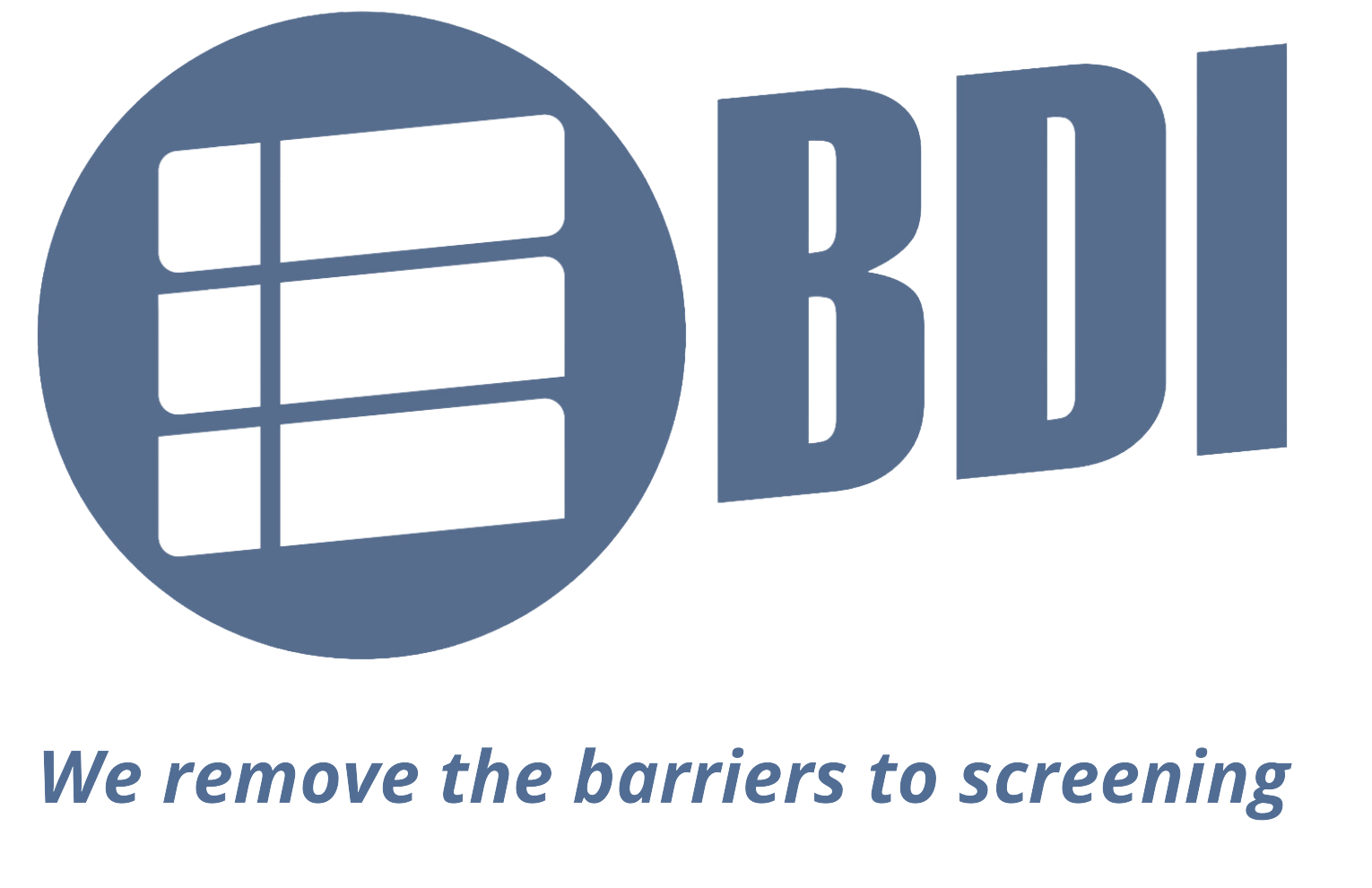For healthcare providers
Our osteoporosis screening and fracture prediction service is backed by over a dozen published, peer-reviewed clinical trials and studies and real world clinical use with excellent results and feedback.
Contact us if you’re interested in learning more about BDI’s osteoporosis screening and fracture prediction service for your patient care.

Cedars Sinai Heart Institute and
the David Geffen School of Medicine

“At Cardiovascular Medical Group of Southern California, we enjoy access to the most advanced, innovative health technologies – resulting in the best care for our patients. Osteoporosis is an underdiagnosed and often overlooked condition that can have catastrophic consequences for our aging population. We have determined that BDI’s osteoporosis screening and analytics is one of a handful of truly move-the-needle technologies for patient care that has made a substantial improvement in our ability to deliver state of the art care to our patients.
In our practice, which has advanced CT imaging, patients who have previously ignored osteoporosis commonly are imaged or screened for other conditions (e.g., cardiac, cancer, pain, etc.). These acquired images are analyzed using BDI’s revolutionary technology-enabled service to estimate osteoporosis and fracture risk quickly, accurately, economically, and unobtrusively. No additional imaging required: no additional radiation, no additional patient time or other burden, no provider or payer workflow change, no additional cost and importantly no additional equipment. We simply could not provide this level of personalized care without BDI.
This is clearly a win-win-win for patients, providers, payers, and the health system.
We strongly advise radiology, endocrinology, OB/GYN, primary care and other providers to evaluate this important paradigm shift BDI enables that expands and improves the delivery of care for better outcomes.”
“Opportunistic CT is a rapid and reproducible method of screening patients for osteoporosis, and may even show significant bone loss before it can be detected with DXA. Furthermore, by identifying patients at risk for osteoporotic fracture who would otherwise not undergo DXA testing or be diagnosed with osteoporosis, opportunistic screening using CT has the potential to shift the existing diagnostic paradigm and ultimately improve patient care.”
Chief of Musculoskeletal Imaging

“Opportunistic CT: There’s gold in them there images
Using a CT scan to look for other potential problems is called opportunistic imaging, and it could revolutionize the way we care for our patients. Taking advantage of the previously unused information will allow us to identify a substantial number of patients at risk for adverse clinical events early, thereby improving outcomes and saving costs to our health care system.
One of the first uses [i]s for the assessment of bone density to diagnose osteoporosis and to predict the risk of fractures. Osteoporosis is often called the “silent killer” because it is typically asymptomatic until a fracture occurs, and about one-third of patients who sustain a hip fracture from osteoporosis die within one year, according to the U.S. Preventive Services Task Force.
Yet disparities in access to screening remain, particularly among ethnic and racial minority groups … highlighting the need for equity in access to osteoporosis screening.
This gap in screening could be narrowed substantially by opportunistic CT. CT scans that are performed for, say, cancer screening, evaluation for a kidney stone, or belly pain can be easily used to measure bone density, because an abdominal CT routinely also gives a view of the spine and pelvic bones.
As health systems face mounting financial pressures [and] more imaging studies are performed, … opportunistic imaging has the potential to markedly improve the way medicine is practiced. As patients go through the trouble of obtaining radiologic studies and accept the financial risk and radiation exposure, don’t we have an obligation to use all the information contained in those studies to improve their health outcomes?”
Robert M. Wachter
UCSF Cair of the Department of Medicine

